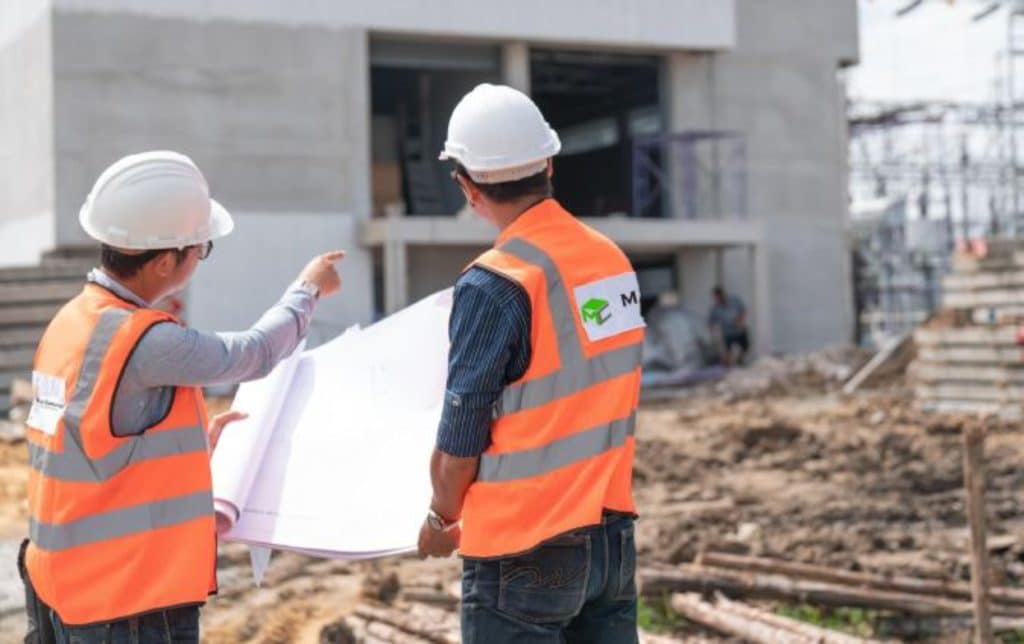Managing Your House Construction Budget: 7 Tips for Australian Homeowners
Building your dream home is an exciting milestone. However, it can also be a stressful experience, especially when it comes to managing the budget. In Australia, where house construction costs have been rising due to increasing material and labour expenses, staying on top of your finances is crucial. To help Australian homeowners navigate this process, we’ve compiled a comprehensive guide on managing your house construction budget effectively.
1. Start with a Realistic Budget
Before breaking ground, it’s essential to set a realistic budget for your house construction. This budget should cover all aspects of the project, including land purchase, design fees, materials, labour, permits, and unexpected costs. Research the average construction costs in your area; in Australia, this can vary widely depending on the location, type of build, and market conditions. As of 2024, the average cost per square meter ranges from AUD 1,500 to AUD 3,000 for a standard house. Use this as a baseline to estimate your total project cost.
Key Steps:
• Research local construction costs: Consult local builders, architects, and online resources to get a ballpark figure.
• Consider your lifestyle needs: Think about the size of your home, the number of rooms, and special features you desire.
• Factor in all costs: Don’t forget about less obvious expenses, such as landscaping, interior fittings, and utility connections.
2. Prioritize Your Needs and Wants
It’s easy to get carried away with the excitement of house construction and want every luxury feature possible. However, these additions can quickly blow out your budget. Make a list of your essential needs (like structural integrity, basic fittings, and essential rooms) and your wants (like a swimming pool, high-end appliances, or a home theater). Prioritizing these will help you make informed decisions when costs need to be cut.
Key Steps:
• Separate essentials from luxuries: Focus on what you absolutely need versus what would be nice to have.
• Be prepared to compromise: If your budget gets tight, be ready to cut back on non-essential items.
• Plan for future upgrades: If a feature isn’t immediately necessary, consider adding it later when your budget allows.
3. Choose the Right Builder
Selecting a reputable builder is one of the most critical steps in managing your house construction budget. An experienced builder will not only deliver quality work but will also help you stay within budget by offering cost-saving suggestions and avoiding costly mistakes. Obtain quotes from multiple builders, ensuring they provide a detailed breakdown of costs.
Key Steps:
• Check references and reviews: Look at past projects and speak to previous clients.
• Get multiple quotes: Compare at least three quotes to understand the pricing differences.
• Clarify the contract: Make sure the contract includes all project details, timelines, and payment schedules.
4. Plan for Unexpected Expenses
No matter how meticulously you plan, house construction often encounters unforeseen challenges, such as site issues, weather delays, or material shortages. Experts recommend setting aside a contingency fund of 10-15% of your total budget to cover these unexpected costs. Having this buffer will prevent financial strain if issues arise during construction.
Key Steps:
• Include a contingency line in your budget: Allocate at least 10-15% for unforeseen expenses.
• Stay flexible: Be prepared to make adjustments to the project scope if necessary.
• Monitor expenses closely: Keep track of spending to ensure you don’t dip into your contingency fund unnecessarily.
5. Monitor Your Spending Regularly
Effective budget management requires ongoing monitoring of your expenses. Keep a close eye on every aspect of the project to ensure costs stay on track. Regularly review invoices, receipts, and progress reports to identify potential cost overruns early. Working closely with your builder or project manager will help you stay informed and make timely decisions.
Key Steps:
• Use budgeting software: Tools like Microsoft Excel, Google Sheets, or specialized construction budgeting apps can help track expenses.
• Hold regular meetings with your builder: Frequent updates will keep you informed about progress and potential cost changes.
• Audit costs: Regularly review expenses against the budget to spot discrepancies.
6. Avoid Last-Minute Changes
One of the most common ways to blow your house construction budget is by making last-minute changes. While it’s natural to reconsider some aspects during the build, changes can result in additional costs for materials, labor, and rework. Make sure you have a clear and finalized plan before construction begins, and stick to it as much as possible.
Key Steps:
• Finalise the design early: Work closely with your architect and builder to finalize all aspects of the design before starting construction.
• Understand the impact of changes: If changes are necessary, ask for a detailed cost estimate and consider the long-term impact on your budget.
• Minimise change orders: Limit changes to those that are absolutely necessary for the project.
7. Shop Smart for Materials
Choosing high-quality materials is essential for durability and long-term satisfaction, but it doesn’t mean you have to go overboard. Shop around for the best deals and consider alternatives that offer similar aesthetics or functionality at a lower price. Local materials can often be more affordable and eco-friendly, providing a win-win for your budget and the environment.
Key Steps:
• Compare prices: Visit multiple suppliers and compare the costs of materials.
• Consider bulk buying: Purchasing materials in bulk can often lead to discounts.
• Look for sales and discounts: Keep an eye out for promotions or clearance sales that could save you money.
Manage and Control to Stay Within Budget
Managing your house construction budget requires careful planning, realistic expectations, and disciplined spending. By following these tips, Australian homeowners can stay on track and avoid common pitfalls that lead to budget overruns. Remember, the key to a successful house construction project is not just about saving money but also about building a home that meets your needs and reflects your lifestyle. Happy building!
Ready to start building your dream home while staying on budget? At Magico Constructions, we specialize in creating beautiful, high-quality homes that meet your needs without breaking the bank. Contact us today for a consultation, and let our experienced team guide you through every step of the house construction process. Your dream home is just a call away!
FAQ
1. How do I start planning a budget for house construction in Australia?
To start planning a budget, research local construction costs, consult with builders and architects, and list all potential expenses, including land purchase, design fees, materials, labor, permits, and contingency funds. Setting a realistic budget from the outset will help you manage costs effectively.
2. What is a contingency fund, and why do I need one for my house construction?
A contingency fund is a reserve of money set aside to cover unexpected expenses during the construction process. It’s recommended to allocate 10-15% of your total budget for unforeseen costs, such as site issues, weather delays, or changes in material prices, to avoid financial strain.
3. How can I avoid going over budget during house construction?
To avoid going over budget, stick to your initial design and plan, regularly monitor your spending, avoid making last-minute changes, and communicate frequently with your builder to stay updated on project costs. Prioritizing needs over wants and making informed decisions can also help control expenses.
4. What are some cost-effective ways to select materials for house construction?
Shop around for the best deals, consider purchasing materials in bulk, and look for sales or discounts. Opting for local materials can reduce transportation costs and may be more eco-friendly. It’s also wise to discuss alternative options with your builder that offer the same quality at a lower cost.
5. How do I choose the right builder for my house construction project?
Choose a builder based on their experience, reputation, and references. Obtain detailed quotes from multiple builders, compare costs, and ensure the contract includes a comprehensive breakdown of expenses, timelines, and payment schedules. Good communication and transparency are key to a successful partnership.
6. What should I do if unexpected costs arise during construction?
If unexpected costs arise, review your contingency fund first. If those funds are insufficient, discuss with your builder about possible adjustments to the project scope or timeline. It’s crucial to stay flexible and make informed decisions to accommodate these changes without compromising the quality of your home.
7. How can I prioritize my needs and wants during house construction?
Create a list distinguishing essential features (structural integrity, basic fittings) from luxury items (swimming pools, high-end appliances). Focus on essentials that impact the safety and functionality of your home. Consider planning for future upgrades if budget constraints limit what can be included initially.

 Magico Constructions
Magico Constructions Magico Constructions
Magico Constructions Magico Constructions
Magico Constructions
